Trying Harder
In the modern era there is a certain challenge of waking up historical artefacts in major collections to an increased level of perception. This process is quite evident in the recent makeover of the Burrell Collection housed in Glasgow, which first was opened in an imposing modern building in 1983 and which after a period of refurbishment opened again in March 2022.
Essential elements remain, however, of the core collection. These include the stained glass image of Princess Cecily cira 1483, originally from the Royal window at Canterbury Cathedral.
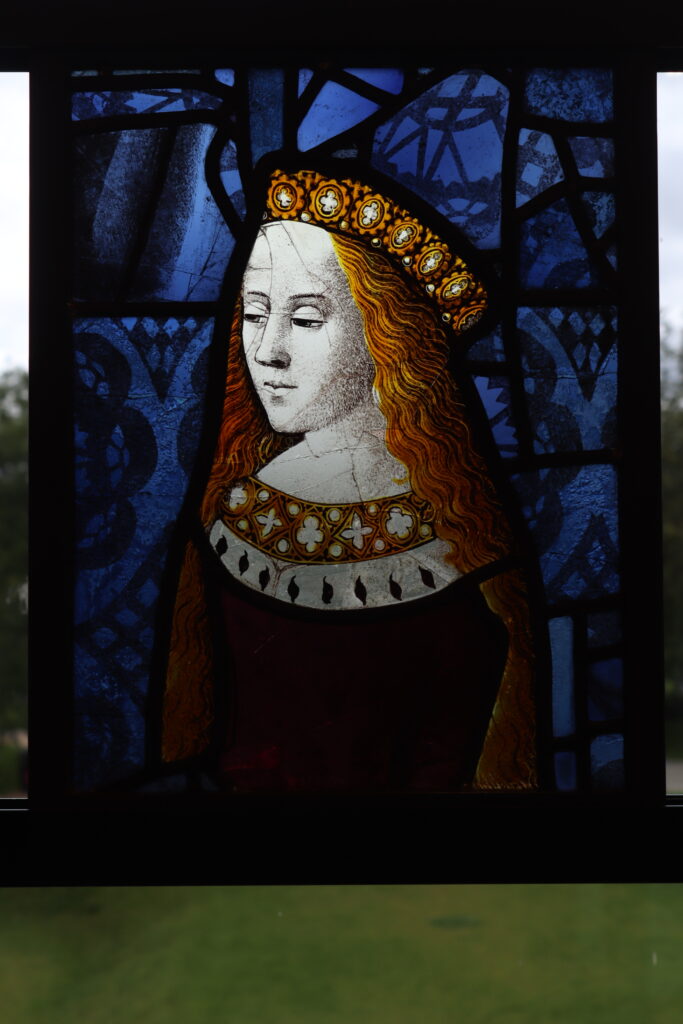
Next would be the sketch of ‘Girl on Bicycle’ by Joseph Crawhall from about about 1896 and an artist greatly admired by Burrell and how, much to the annoyance of fellow collectors, he purchased most of the artist’s creative output.
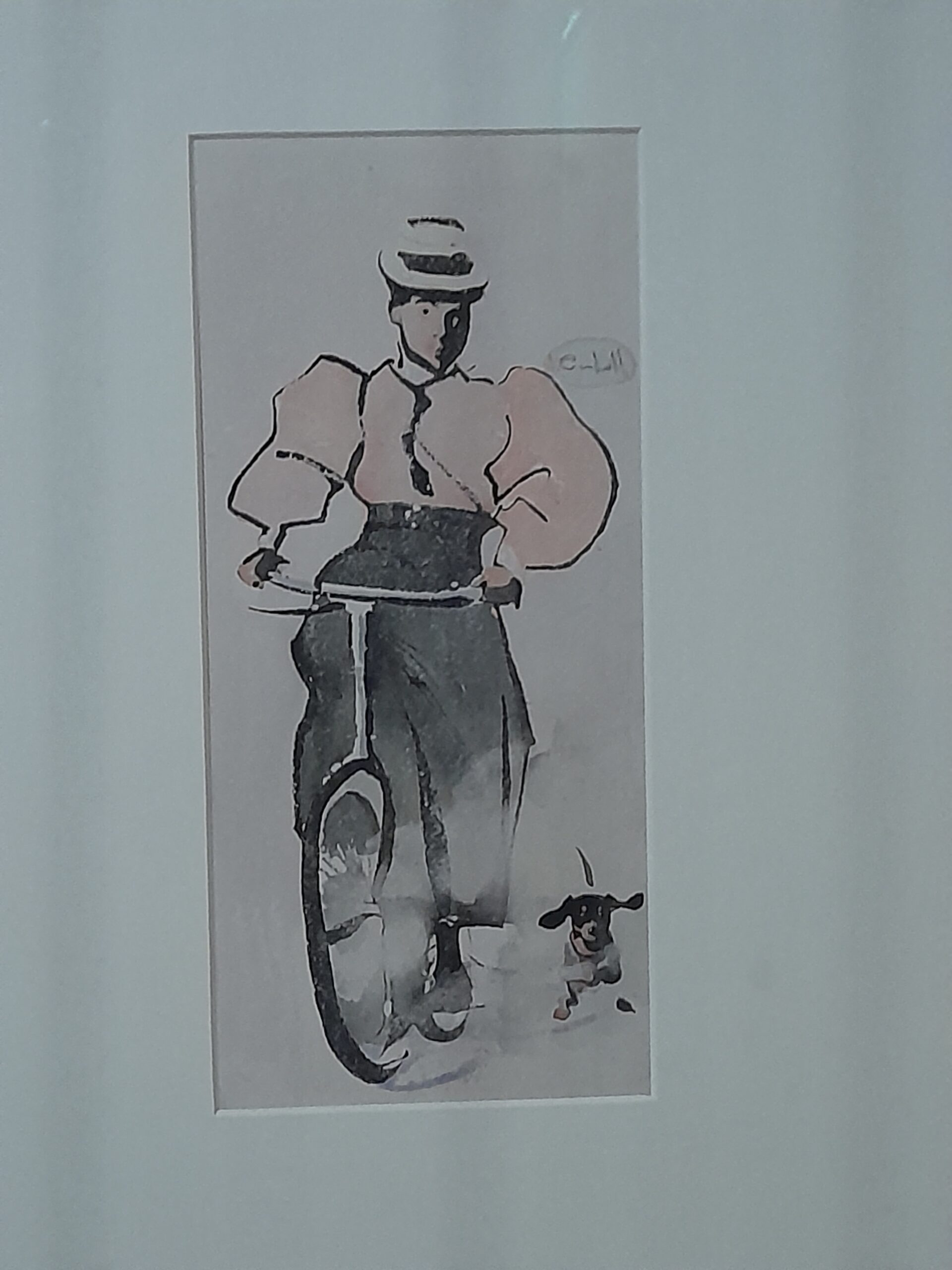
Next would be the occasional work by Samuel Peploe, still an admired artist for his still life compositions. The paper items in the foreground add a certain air of mystery to the entire painting. Are they letters, receipts or tickets to a concert? The aura is one of high summer.
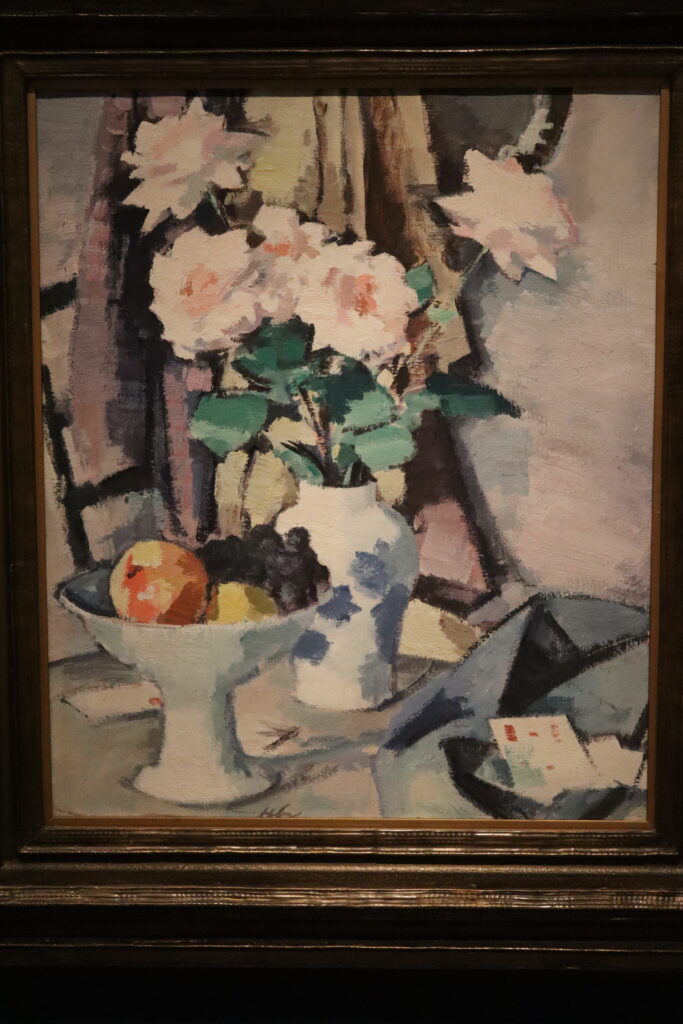
Next would be the imposing painting of Burrell’s daughter who felt obliged to eventually leave the family home after one too many suitors were deemed ‘unsuitable’ by her father.
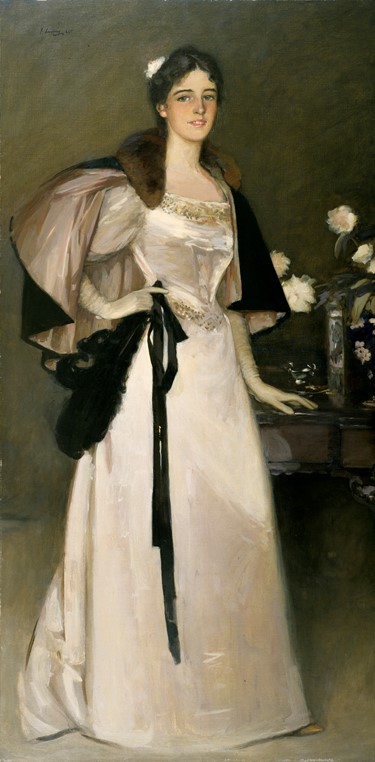
Next would be the wood carving of Saint Walpurga, as a group of individuals radiating care and compassion.
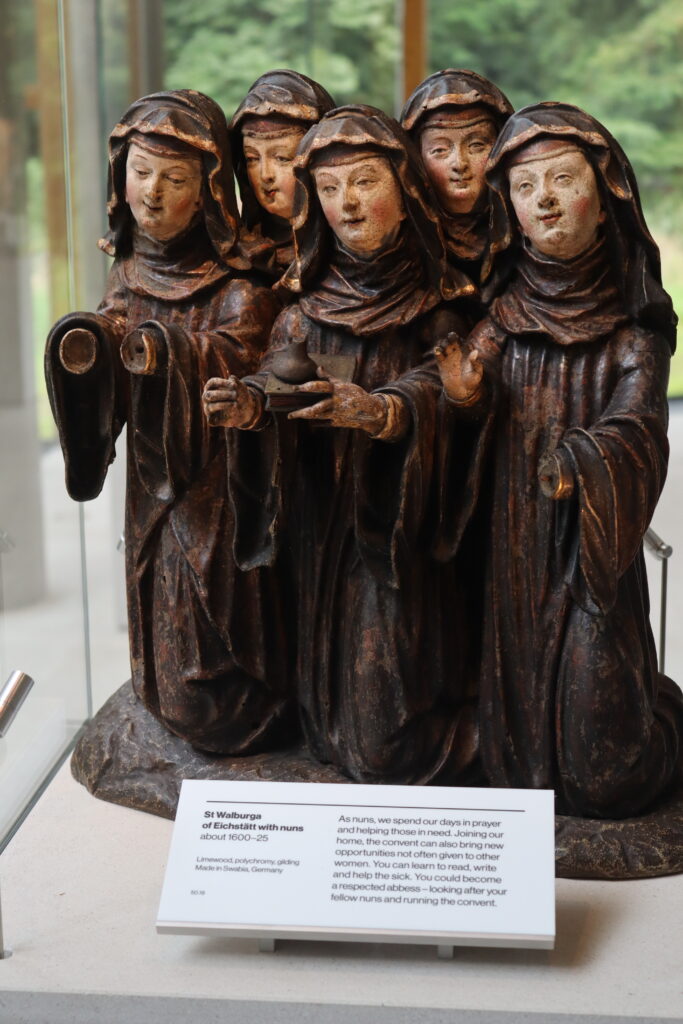
But where is the emblematic sea shell of a general of Ancient Egypt that caught my imagination when the collection was first opened? Hopefully in a safe place in a designated storage environment. The famous Warwick vase is going nowhere since the floor around it, I have been made aware, cannot support the weight of its removal.
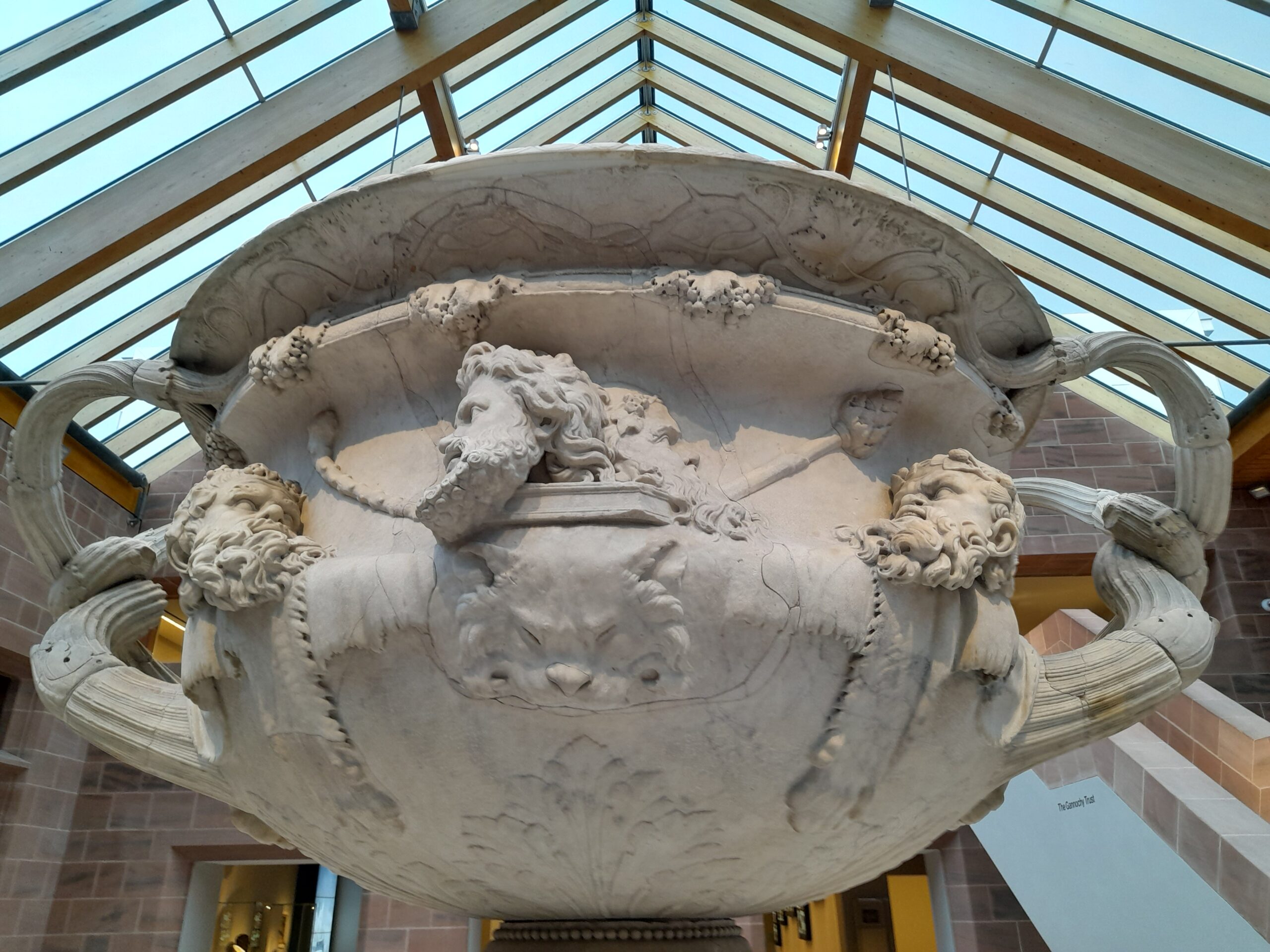
A noted new feature within the collection is in itself not a new object but a fresh presentation of the lore of Ancient Greece. A pottery vase depicting the battle between Hercules clad in a lion skin and the Amazons, the female warriors of legend, has provided the inspiration of a short but effective video where the emblematic styles of Ancient Greece delight in, as it were, a dance of pixels. It can explain itself better than words – as attached here. The video, in itself, is an example of the new set of skills of the modern era, but it is unlikely to last the same length of time as the object it was modelled on. Apologies for the at times shaky image but it is a good example of how to reinvigorate precious artefacts of the past.
By contrast, many unique items in Glasgow University’s Hunterian Museum and indeed the extensive items in the Kelvingrove Galleries in Glasgow are still waiting you tell their tale through digital resurrection and hence communication with a global audience.